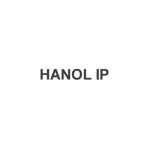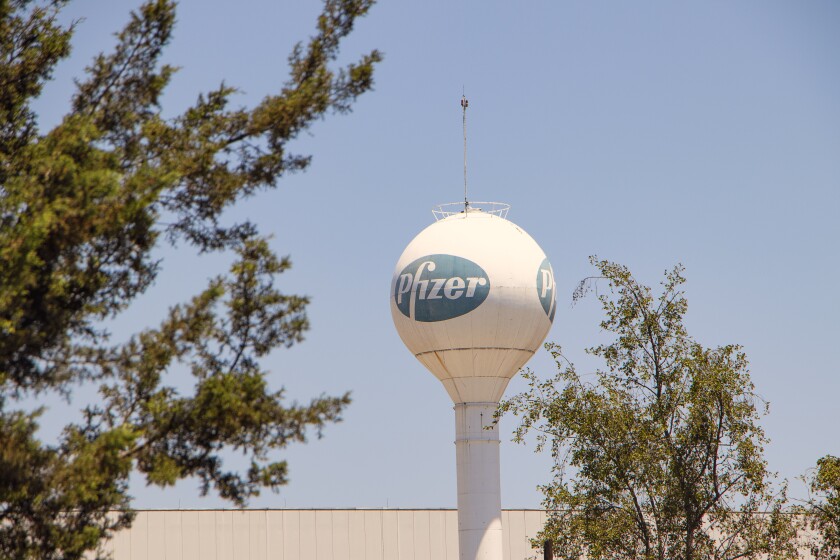In principle, patent rights are territorial. This generally means that they are only effective within the country of registration and that direct patent infringements require that all elements of the patented invention were practised domestically. However, exceptions to this territoriality principle and the all-elements rule may be recognised to ensure substantive protection of patent rights and to address the complexities of modern manufacturing practices.
In a significant recent ruling on this topic, the South Korean Supreme Court addressed whether the domestic manufacturing of semi-finished pharmaceutical products intended for export could constitute direct patent infringement, thereby challenging the territoriality principle. The court also considered issues related to indirect infringement and the scope of Korean research exemptions (equivalent to US Bolar exemptions).
Case background and facts
The patent subject to the infringement action covered Pfizer’s Prevnar 13, a 13-valent pneumococcal conjugate vaccine.
Specifically, Claim 1 of the patent disclosed “a 13-valent immunogenic composition for use as a pneumococcal vaccine, comprising 13 different polysaccharide-protein conjugates together with a physiologically acceptable vehicle, wherein each conjugate comprises a capsular polysaccharide from a different serotype of Streptococcus pneumoniae conjugated to the CRM carrier protein”.
The production process of the patented product involved the following steps:
Step 1 – after culturing each pneumococcal strain for each serotype, the culture solution free of contamination by other bacteria is inactivated and centrifuged to prepare a polysaccharide stock solution;
Step 2 – after culturing the diphtheria strain, the uncontaminated culture solution is filtered, purified, and sterilised to prepare a CRM stock solution;
Step 3 – the polysaccharide stock solution is oxidised, purified, and sterilised to prepare an activated polysaccharide stock solution;
Step 4 – the activated polysaccharide stock solution is conjugated with the CRM stock solution to produce a conjugate stock solution; and
Step 5 – the final composition stock solution is prepared by mixing the individual conjugate stock solutions and performing sterile filtration.
Meanwhile, a Korean company, SK Bioscience, engaged in two acts:
Act 1 – producing the 13 individual conjugate stock solutions in Korea and exporting them to a Russian pharmaceutical company (Company H); and
Act 2 – producing the finished vaccine product domestically by preparing the final composition stock solution and filling it into pre-filled syringes or vials, then supplying it free of charge to Company H for research or testing purposes.
Pfizer sued SK Bioscience, alleging that Act 1 constituted direct or indirect infringement, and that Act 2 constituted direct infringement.
The Seoul Central District Court initially ruled in Pfizer’s favour, finding that Act 1 constituted direct infringement even though not all elements of the claim were practised in Korea. The court reasoned that the final step to be carried out in Russia would be very trivial or simple – thus qualifying as an exception to the territoriality principle. The court also held that Act 2 constituted direct infringement, as SK Bioscience produced the final product for the purpose of assigning it to Company H rather than the research/testing. It therefore did not fall within the scope of the research exemption under the Korean Patent Act (KPA).
However, the Intellectual Property High Court (the IP High Court) reversed the district court decision, and the Supreme Court ultimately affirmed the IP High Court’s ruling in Case No. 2025Da202970 on May 15 2025.
The Korean Supreme Court’s decision
Direct infringement
According to a Korean precedent rendered by the Supreme Court on October 17 2019 (Supreme Court Decision 2019Da222782, 222799), a patented product may be deemed to have been produced domestically as an exception to the territoriality principle if the following requirements are met:
Requirement 1 – all components or the entire constitution necessary for practising the patented invention have been produced or have undergone most of the production stages in Korea, thereby resulting in a semi-finished product including all major components;
Requirement 2 – this semi-finished product is intended for export to a single entity for final processing and assembly; and
Requirement 3 – the final processing and assembly are trivial or simple, such that the mere production of all the components or the semi-finished product alone enables the realisation of the functional effects of the patented invention, with the components functioning together as an integrated whole.
In the present decision, the Supreme Court emphasised that findings of such exceptional direct infringement must be made restrictively, with careful consideration of the foundational nature of the principle of territoriality and the all-elements rule.
With regard to Act 1, the Supreme Court found that the step of mixing the 13 types of individual conjugate stock solutions (step 5 above) was not trivial or simple, as various mixing conditions would significantly affect the realisation of the 13-valent immunogenic composition. The court also held that the production of the 13 types of individual conjugate stock solutions alone (i.e., carrying out steps 1 through 4 above) did not result in a state where the functional effects of the patented invention could be realised. This was because, without proper control of the various mixing conditions, the intended 13-valent immunogenicity might not be achieved.
Therefore, the court confirmed that Act 1, failing to satisfy Requirement 3, did not amount to direct infringement of the patent.
Indirect infringement
Under Article 127(1) of the KPA, indirect infringement is established if a third party, without authorisation, performs any of the following acts as a business: producing, assigning, leasing, importing, or offering to assign or lease an article that is used exclusively for the production of the patented product.
However, according to a Supreme Court precedent from 2014 (Decision 2014Da42110), indirect infringement involving an exclusive-use article may only be found if the patented product is manufactured domestically.
In the present case, as the 13 types of individual conjugate stock solutions were all exported to Company H and the final product was produced abroad, the court held that Act 1 could not constitute indirect infringement under Korean law.
Research exemption
Article 96(1)(i) of the KPA stipulates that the working of a patented invention for research or testing purposes (including research or testing conducted to obtain regulatory approval) does not constitute infringement.
In the present case, the IP High Court held that Act 2 fell within the scope of this exemption. The court clarified that the exemption also applies to research or testing conducted for the purpose of obtaining product approval in a foreign country. Furthermore, the exemption applies regardless of whether the research or testing is conducted to verify patentability, improve technology, or pursue commercial gain.
Although the Supreme Court held that the legitimate interests of the patent holder should be considered when determining the research exemption, it affirmed the IP High Court decision, stating that it would be difficult to recognise unreasonable damages to the exclusive interests of the patent holder or licensee stemming from Act 2.
Key takeaways
This landmark decision holds significant meaning as it clarifies the complex conditions for patent infringement and applicable exemptions in cases involving cross-border manufacturing and exporting of pharmaceutical compositions. The ruling’s key takeaways include:
Exceptions to the territoriality principle and the all-elements rule must be applied stringently;
Indirect infringement by an exclusive-use article can only be found if the patented product is manufactured domestically; and
Research exemptions may extend to activities conducted to obtain foreign regulatory approval or to pursue commercial gain.











